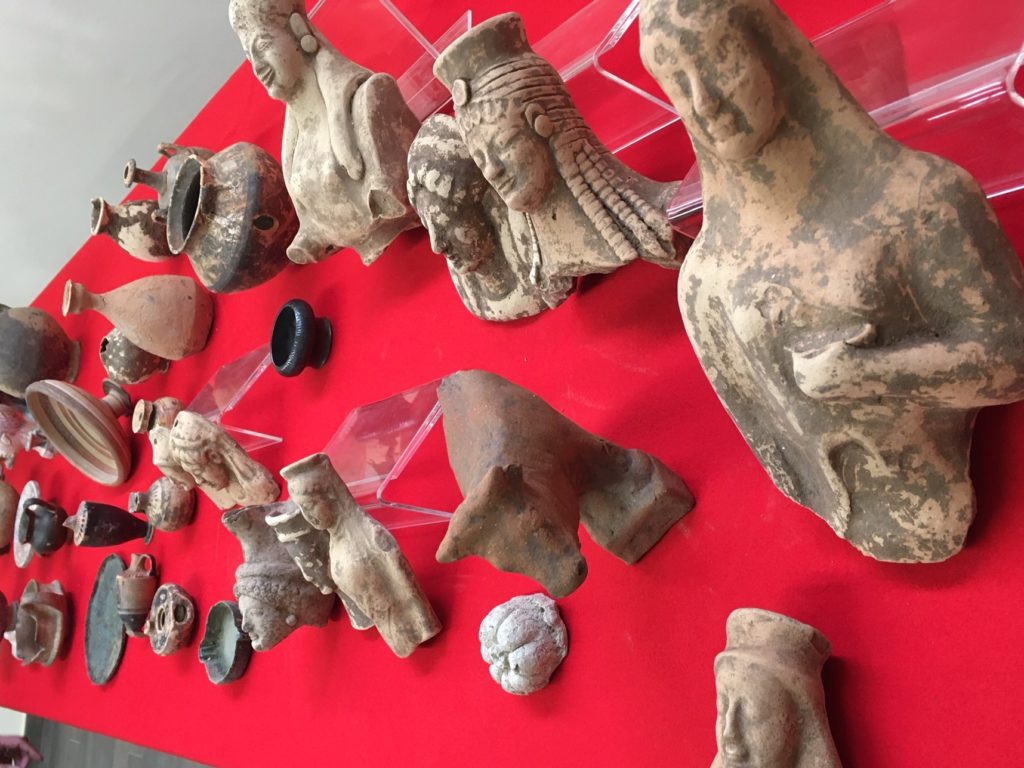Law & Politics
Police Raids Across Europe Have Led to the Discovery of 10,000 Stolen Artworks and the Arrests of 23 Suspects
Agents from five countries took part in the complex operation.

Agents from five countries took part in the complex operation.

Taylor Dafoe

Italian police have arrested 23 individuals connected to a major international art trafficking operation in Europe.
The arrests followed a raid that spanned over 80 locations in four European countries and resulted in the seizure of over 10,000 archaeological artifacts. Nicknamed Operation Achei, the effort was led by the Italian Carabinieri’s Department for the Protection of Cultural Heritage and supported by the European Union’s judicial and police agencies. More than 350 officers representing governments in the UK, France, Germany, and Serbia assisted with the operation.
The investigation that led to the arrests dates back to 2017, when Italian police began looking into a string of thefts from archaeological sites in Calabria, a region in southern Italy rich in ancient cultural heritage. According to officials, thieves used metal detectors and large-scale excavation devices to unearth objects several meters below the surface.
Among the trafficked items were ancient jars, vases, and items of jewelry dating back to the 2nd century BC.
“The stolen finds were finally transferred abroad where they were put up for auction in important international auction houses and sold at very high figures,” an Italian investigator said during a press conference on Monday.

Stolen archaeological artifacts recovered by the Italian Carabinieri. Courtesy of Europol.
“The large number of arrests and objects seized hints at the massive scale and global reach of the international trade in illicit artifacts,” says Tess Davis, executive director of the Antiquities Coalition, an American nonprofit dedicated to fighting cultural theft. “It demonstrates that such cultural racketeering is not limited to conflict zones in Iraq and Syria, but threatens any country with a rich heritage.”
“It should also serve as a reminder that when it comes to ancient art, buyer beware,” Davis says. “These 10,000 objects were destined for the art market, where they would have been sold to unsuspecting consumers. By performing their due diligence, collectors can protect both our shared heritage and themselves.”
According to the Guardian, Italy faces the highest number of art thefts in the world. Last year alone, more than 8,400 items, including paintings, medieval texts, and ancient artifacts, went missing.